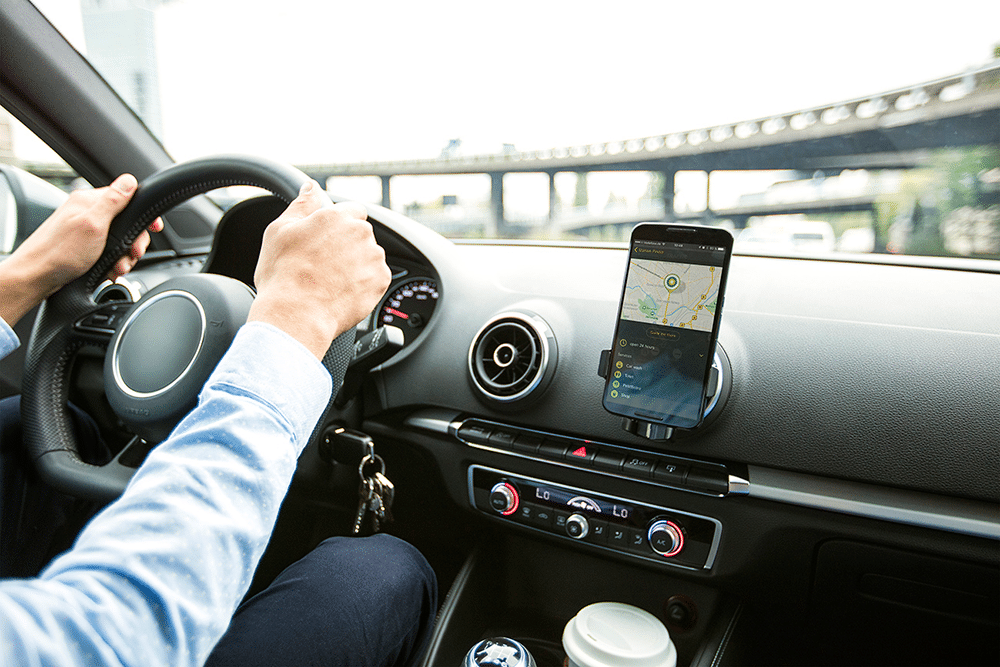RUNNING a company vehicle fleet? It’s not just about making sure the fleet is fit for purpose, are your drivers meeting legal requirements?
It seems obvious that your drivers need to know and stick to speed limits, but what are they – speed limits vary according to what’s being driven:
(source: https://www.gov.uk/speed-limits )
Allstar Business Solutions has some good advice regarding the rules for company vehicles and drivers.
It’s not just about obeying the rules of the road, there are other things to consider.
Businesses must display ‘no smoking’ signs in all vehicles and these must be at least 70mm in diameter in England and 75mm in Wales and N Ireland.
They should be displayed in each compartment of the vehicle in which people can sit. No smoking signs in Wales must be in both Welsh and English
Failure to comply can lead to a fine of up to £200 or even £1,000 if convicted by a court. Smoking isn’t allowed in any work vehicle that more than one person uses:
-
- Taxis
- Buses
- Vans
- Goods vehicles used by more than one driver
- Company cars used by more than one employee
- A worker can smoke in a company car that only they use if their employer agrees.
What is and isn’t covered?
Covered:
- a car shared by one or more employees but only ever used by one at a time (a pool car) is covered by the ban and must be smoke free at all times;
- a chauffeur-driven car is covered by the ban and must be smoke free at all times;
- a van used by two employees, one who smokes and another who doesn’t, is covered by the ban and must be smoke free at all times;
- a vehicle used by two-plus employees, all of whom smoke, is covered by the ban and must be smoke free at all times;
Exempt:
- a company car used solely by one employee and not used by anyone else for work either as a driver or passenger;
- a privately-owned car used occasionally for business purposes;
- a vehicle that would otherwise be smoke free but which has a roof that can be stowed or removed will not be required to be smoke free when the roof is completely stowed or removed.
Once you have sorted out our smoking policy, be careful not to put on too much weight – that’s the vehicles, not the employees!
The Vehicle and Operator Services Agency (VOSA) has the power to stop and carry out checks to ensure vehicles are not overloaded or overweight.
If you are found to be above the maximum permitted vehicle weight – otherwise known as the model’s Gross Vehicle Weight (GVW) – you will be fined, and in the vast majority of cases, you will be prevented you from driving any further.
So, what’s the limit? The allowed weight equals the Gross Vehicle Weight (GVW) less kerb weight
A van’s kerb weight refers to how much the van weighs on its own, with a full tank of petrol but with no additional passengers or items. You can find this in the vehicle manual, or online.
Here’s how much it can cost you:
Mind where your employees park. Allowing drivers to take their work vans home might save on travel time but they need to be aware that some housing estates have restrictive covenants preventing commercial vehicles and caravans from being parked overnight.
Many van delivery drivers believe they can stop almost anywhere to drop off a parcel or unload some cargo – this is not always the case.
Loading and unloading (but not parking) is allowed on double and single yellow lines in accordance with local time limits, But the driver must be able to prove they are acting within the rules for loading and unloading:
-
- The vehicle must be moved as soon as the process is complete
- Loading includes moving the goods to and from the premises, checks on goods delivered and paperwork.
- You may enter a bus lane to load or unload where not prohibited by a clearway if you stick to the signed times
- Yellow ‘blips’ or ‘markings’ on the kerb. Two blips means no unloading at any time, one blips mean unloading is restricted at certain times
You must also watch the clock as there are a lot of rules covering driver hours, rest breaks and weekly and fortnightly driving limits.
Current limits on drivers’ hours or vehicles carrying goods (including dual purpose vehicles) where the weight exceeds 3.5 tonnes as specified by the EU rules are:
- A break of no less than 45 minutes must be taken after no more than 4.5 hours of driving. The break can be divided into 2 periods – the first at least 15 minutes long and the second at least 30 minutes – taken over the 4.5 hours.
- A maximum of 9 hours daily driving, extendable to 10 hours no more than twice a week.
- A maximum of 56 hours driving per week.
- A maximum of 90 hours in any 2 week period.
- A minimum of 11 hours daily rest, which can be reduced to a minimum of 9 hours no more than 3 times between weekly rests. May be taken in 2 periods, the first at least 3 hours long and the second at least 9 hours long. The rest must be completed within 24 hours of the end of the last daily or weekly rest period.










